Research Thrust 1
Tracking tools and the exploration of microbial “dark matter”
Research Thrust 1 (RT1), known as the “Measurement” Thrust, combines multi-omic investigations to determine the mechanisms of microbial colonization and aims to develop sensor and tracking technologies for diagnosing built environment health at varying resolutions (i.e., personal, room, and building level).
RT1 researchers will develop tracking tools that combine phylogenetic and functional aspects through the integration of personal and environmental microbiome data with microbial dark matter characteristics. These tools will include genome-enabled approaches that can target uncultivated microbial taxa and increase our understanding of microbial diversity, phylogenetic relationships, metabolic capabilities, and interactions in the built environment as well as functional approaches via meta-omics. In combination, these approaches will deepen our databases enabling the identification of key molecules and the development of sensors for health assessment of the built environment.
Projects in RT1 will apply and expand fundamental knowledge in microbiome monitoring. We will begin by developing approaches for monitoring and connecting the personal and the environmental microbiome as well as determine functional signatures that can diagnose built environment health. RT1 data will provide the early building blocks for monitoring the built environment microbiome as well that of its occupants, identifying the biomarkers that signal a healthy built environment, and inform PreMiEr’s future sensor development work.
Currently funded projects
Healthcare settings measurements
The microbiomes of healthcare environments, such as hospitals and nursing homes, can significantly impact the health of the humans that occupy those spaces. This project has primary goal of understanding these microbiomes with special attention to harmful organisms such as ESKAPEE pathogens, and especially in plumbing systems that can lead to localized outbreaks. By a) understanding the community structures of the microorganisms that inhabit these environments, b) developing technologies to sample and monitor the environment, c) isolating and sequencing relevant built environment isolates, and d) improving bioinformatic tools for studying and understanding built environment microbiomes, ultimately this project aims to provide the necessary context and systems understanding required for engineering healthcare spaces for beneficial outcomes. Additional aspects of this project include comparing home and hospital microbiomes and evaluating their effects on patient recoveries.
Test beds for this project include hospitals in both North and South America, operated under different conditions.
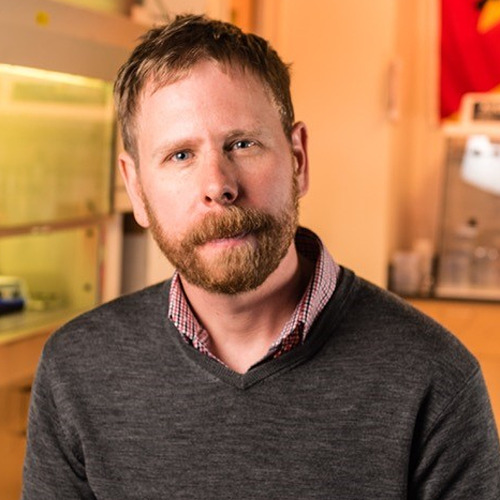
Joe Brown
UNC - Chapel Hill
Project Lead

Deverick Anderson
Duke Hospitals

Benjamin Callahan
NC State

Lawrence David
Duke

Cynthia Gibas
UNC Charlotte

Joshua Granek
Duke
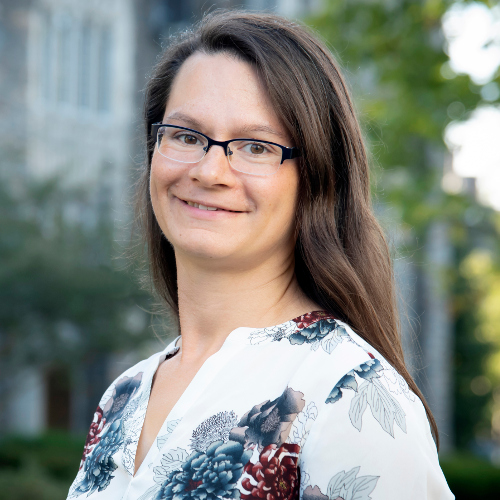
Claudia Gunsch
Duke
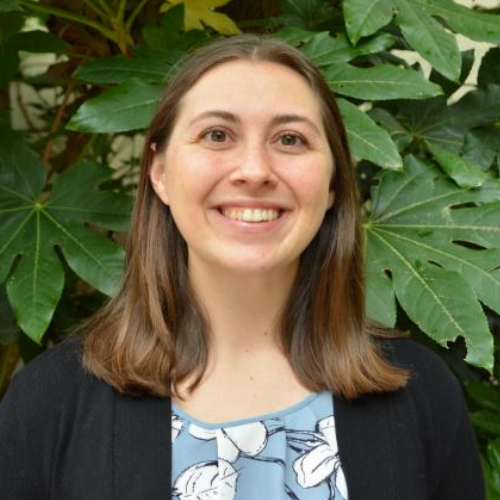
Megan Lott
UNC - Chapel Hill
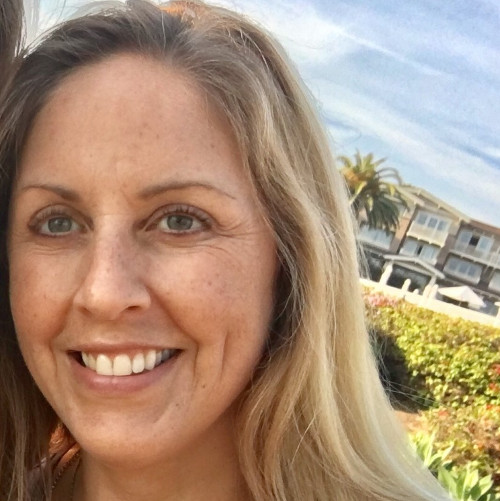
Rachel Noble
UNC Chapel Hill
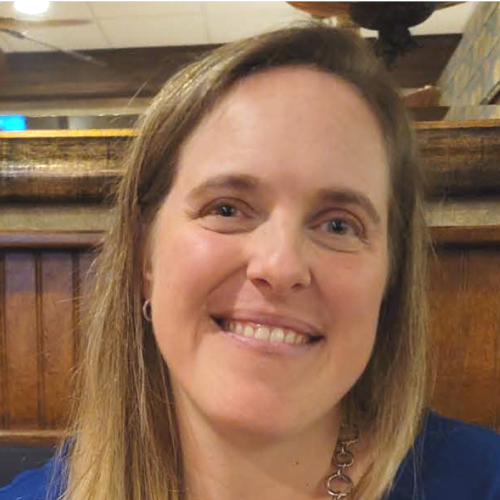
Jessica Schlueter
UNC Charlotte

Yi-Hui Zhou
NC State
Measurement of residential built environments
This project will advance measurement science for conducting integrated quantitative profiling of bacterial, viral, and fungal communities using peer-reviewed processes and validated culture, digital PCR, and sequencing approaches primarily within residential built environments. The characterization of the microbial communities, including organisms of human health concern such as fungal molds, will permit assessment of intervention strategies to reduce and eradicate pathogens, and promote healthy microbiomes in homes. This project will also assess intervention-based (probiotics/microbial treatments) modifications to residential and industrial buildings that have suffered compromise. The outcomes of this work will advance our knowledge not only of engineering solutions to promote microbiomes of healthy homes, but to create a framework for scaling this work up in the future.

Rachel Noble
UNC - Chapel Hill
Project Lead

Joe Brown
UNC - Chapel Hill

Boyuan Chen
Duke

Christopher Cummings
NC State

Lawrence David
Duke

Anthony Fodor
UNC Charlotte

Liesl Jeffers-Francis
N.C. A&T

Kristen Landreville
NC State

Megan Lott
UNC Chapel Hill

Glenn Morrison
UNC - Chapel Hill

Barbara Turpin
UNC - Chapel Hill
Previously Funded Projects
Microbiome of the built environment: Bolivia
Status: Part of the PreMiEr core project “Healthcare Settings Measurements” effective September 1, 2024
Faculty: Joe Brown (UNCCH, lead), Lawrence David (Duke), Anthony Fodor (CHAR), Claudia Gunsch (Duke),
Description: The majority of the world’s population lives in environments with many of the same characteristics found in PreMiEr’s Bolivian homes test bed. Building on a foundation of international collaboration and experience, this project partners with Bolivian scientists to conduct a pilot cross-sectional study in the city of La Paz exploring household microbiomes in a setting where engineering controls are minimal. Longer-term goals of the work are to (i) characterize the built environment microbiome in Bolivian households, (ii) evaluate associations with environmental and building characteristics, e.g., construction materials, floor type, or presence of mold, pets and other animals, ventilation, sanitation, water infrastructure; and (iii) develop and implement low-cost engineering controls to reduce exposures in this setting.
Assessing sensitivity and variability in molecular detection methods for surface and air microbiome samples from urban indoor spaces
Status: Sunset effective September 1, 2024.
Faculty: Cynthia Gibas (CHAR, lead), Joe Brown (UNCCH), Anthony Fodor (CHAR), Joshua Granek (Duke), Claudia Gunsch (Duke), Glenn Morrison (UNCCH), Rachel Noble (UNCCH), Jessica Schlueter (CHAR), Jill Stewart (UNCCH), Barbara Turpin (UNCCH)
Description: A challenge for metagenomics projects is standardization and validation of both detection methods and computational analysis methods. This project will establish a common set of best practices for sampling, validation, analysis and modeling for PreMiEr. This project also aligns with the ERC’s Engineering Workforce Development foundation: surface sampling and microbiome analysis will be carried out in an undergraduate Genomic Biotechnology laboratory course at UNC Charlotte and microbiome data analysis using PreMiEr datasets will be introduced in a graduate Genomics course offered annually by PI Gibas.
Effects of regolith simulant on the adaptive phenotypes of the oral microbe Streptococcus mutans and associated changes in inflammogenicity of the airway
Status: Sunset effective September 1, 2024.
Faculty: Misty Thomas (NCAT, lead), Joseph Graves Jr. (NCAT), Jenora Waterman (NCAT)
Description: As we continue to push boundaries of exploration in extreme environments, we must consider the impact that it has on the evolutionary response of the microbes that we carry to the built environment, in this case, outer space or to the lunar surface. This project represents a singular opportunity to study the evolutionary pressures of a novel environment before an associated built environment actually exists. Unique environmental stresses on the adaption of an oral bacterium are studied.
Environmental antimicrobial resistance (AMR) in the built environment
Status: Sunset effective September 1, 2024.
Faculty: Jill Stewart (UNCCH, lead), Joe Brown (UNCCH), Cynthia Gibas (CHAR), Liesl Jeffers-Francis (NCAT), Rachel Noble (UNCCH)
Description: Antimicrobial resistance (AMR) is an increasing threat to public health and modern medicine. No standard methods exist for measuring antimicrobial resistance in the built environment, and the environmental dimensions of AMR remain poorly understood. This project will develop tools and recommendations for measuring antimicrobial resistance in the built environment, provide insights on the sensitivity of sequencing methods in detecting priority antibiotic resistance genes, and give recommendations for appropriate indicators.
Premise plumbing and pathogens: Links to waterborne urinary tract infections
Status: Sunset effective September 1, 2024.
Faculty: Jill Stewart (UNCCH, lead)
Description: Among potential health risks, water may be an underrecognized but important route of uropathogen transmission causing urinary tract infections (UTIs). This project will conduct a pilot study investigating uropathogenic E. coli in the San Cristobal water system of Galápagos, Ecuador following a documented decrease in UTIs after installation of a new water treatment plant in order to model transmission dynamics of waterborne UTIs.
External collaborators: Galapagos Science Center, Universidad San Francisco de Quito (USFQ)
Extrapolating household microbial and dietary exposures from wastewater
Status: Wastewater effort sunset effective September 1, 2024; Healthcare-associated component part of PreMiEr core project “Healthcare Settings Measurements” effective September 1, 2024
Faculty: Lawrence David (Duke, lead), Joe Brown (UNCCH), Benjamin Callahan (NCSU), Anthony Fodor (CHAR), Claudia Gunsch (Duke), Liesl Jeffers-Francis (NCAT), Rachel Noble (UNCCH), Yi-Hui Zhou (NCSU)
Description: Diet is a key factor shaping the gut microbiome and is also a source of bacteria and pathogens for the household environmental microbiome. However, sampling food intake and microbial communities at the individual household level may be both time-consuming and expensive; such surveys will be costly to scale to community or population levels. This project hypothesizes that households in the same community share similar dietary and microbial patterns, and that variations in food consumption and microbiome are much larger across communities than within them. Thus, as a “community summary,” wastewater treatment plants (WWTPs) become a candidate for estimating and predicting household food consumption and microbiome structure.
Uncovering the microbial connections: Redlining, the built environment and the impact on human health
Status: Part of PreMiEr core project “Measurement of Residential Built Environments” effective September 1, 2024
Faculty: Liesl Jeffers-Francis (NCAT, lead), Christopher Cummings (NCAT), Dongyang Deng (NCAT), Joseph Graves Jr. (NCAT), Jennifer Kuzma (NCSU)
Description: Redlining, implemented during the mid-20th century, systematically denied resources and opportunities to communities based on their racial or ethnic composition. Although redlining has officially ended, its lasting consequences continue to shape health outcomes. The aim of this research project is to investigate the identity of microbes (bacteria, fungi, and viruses) present in redlining districts compared to non-redlining districts in North Carolina and to explore their correlation with diseases commonly found in minoritized populations/groups. By analyzing the microbial composition in these distinct socio-economic areas, we aim to address the knowledge gap regarding the potential impact of historical discriminatory practices on microbial diversity and associated health outcomes.
